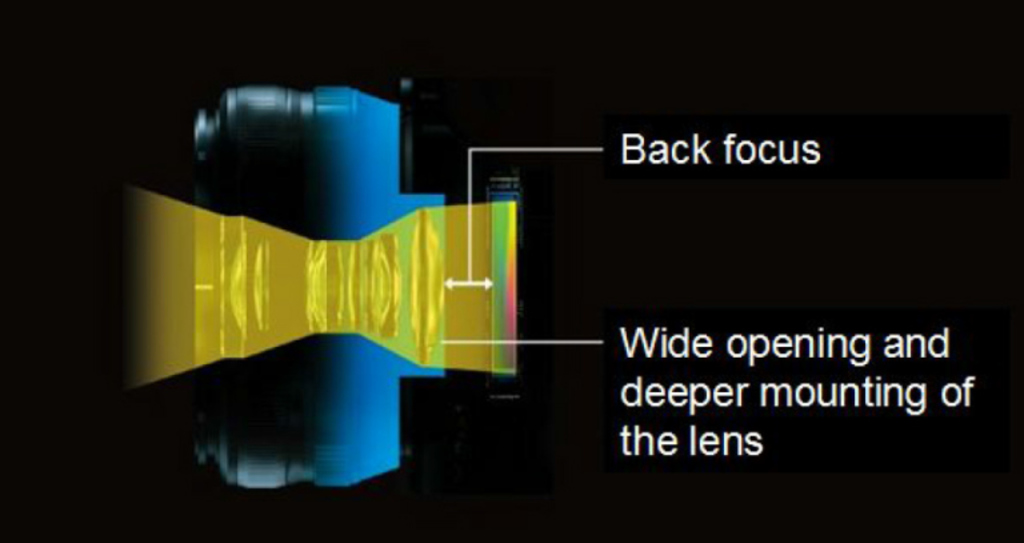Free Lightroom Dashboard Tool tells you what kind of photographer you are! (TheNakedCamera)

TheNakedCamera spotted a small plugin called Lightroom Dashboard. It’s made by a single person named “Cheyne”. The APP analyzes all your pictures and shows you in beautiful stats:
your most common apertures
your most common focal lengths
your photo volumes over the past 2 years
how much usage your lenses get
how much usage your cameras get,
Cheyne promised to develop further the new app to include plenty of more features.


